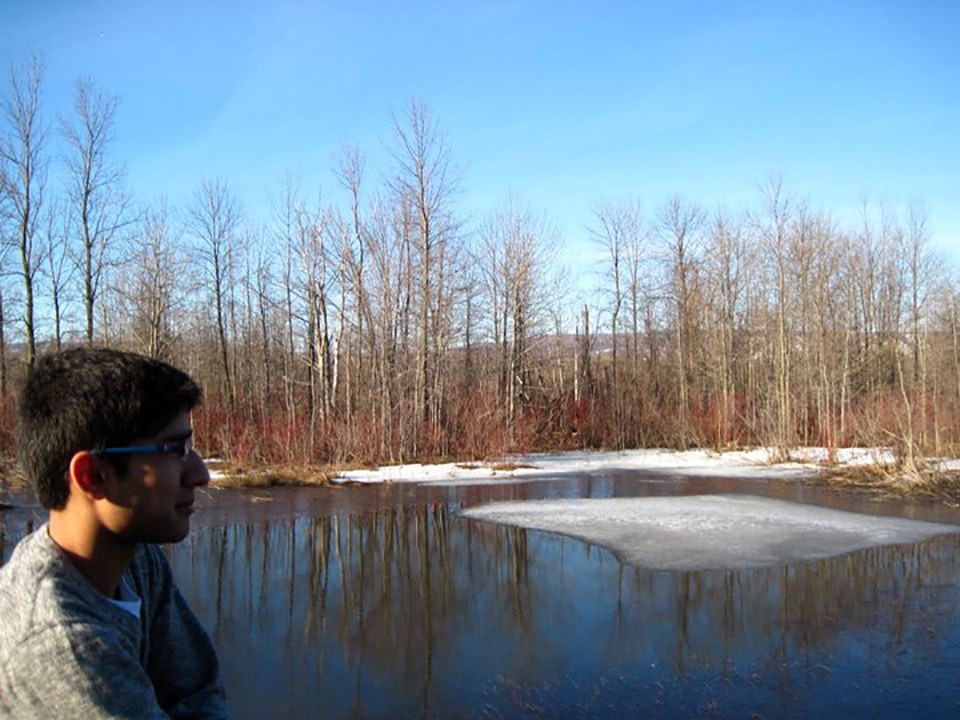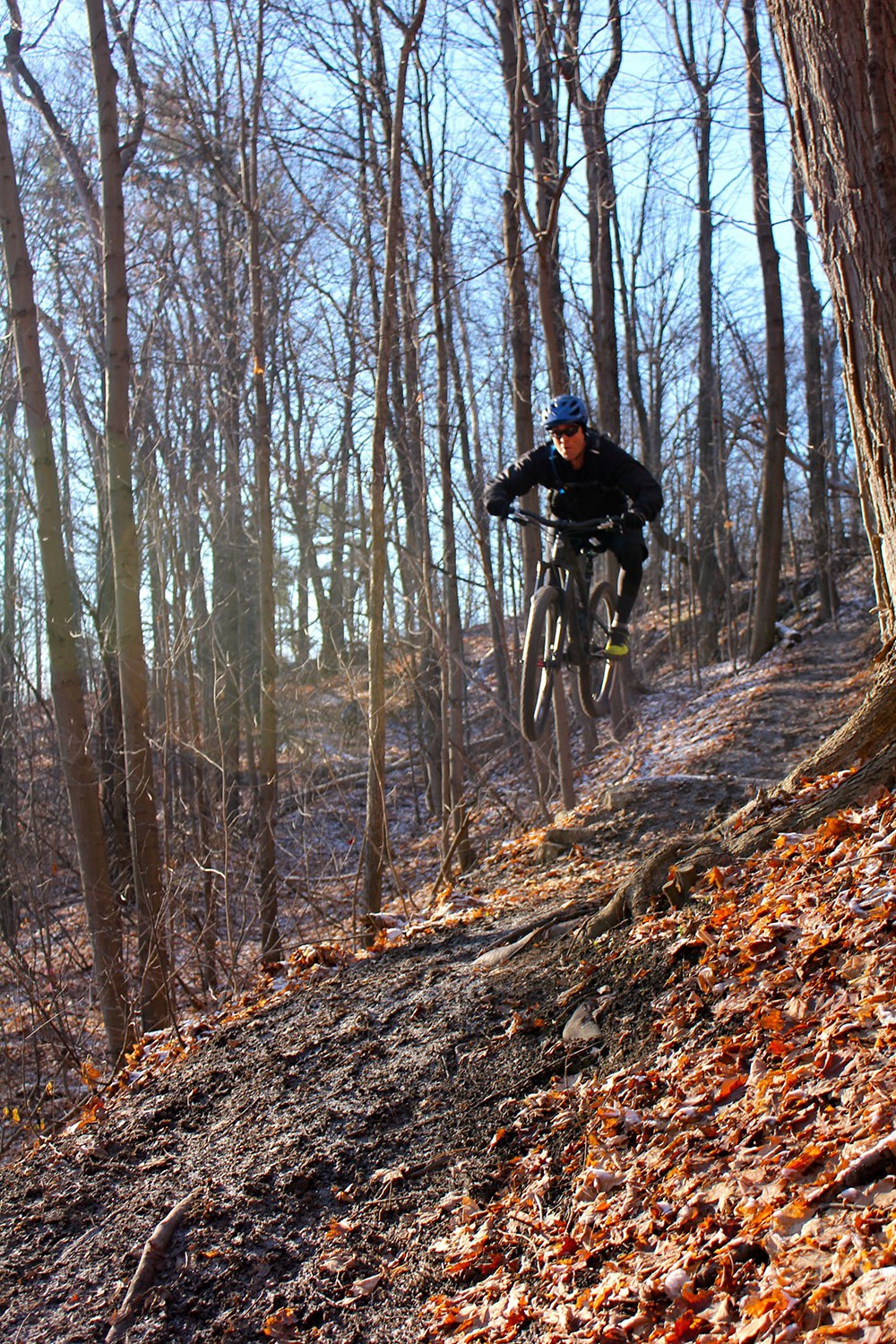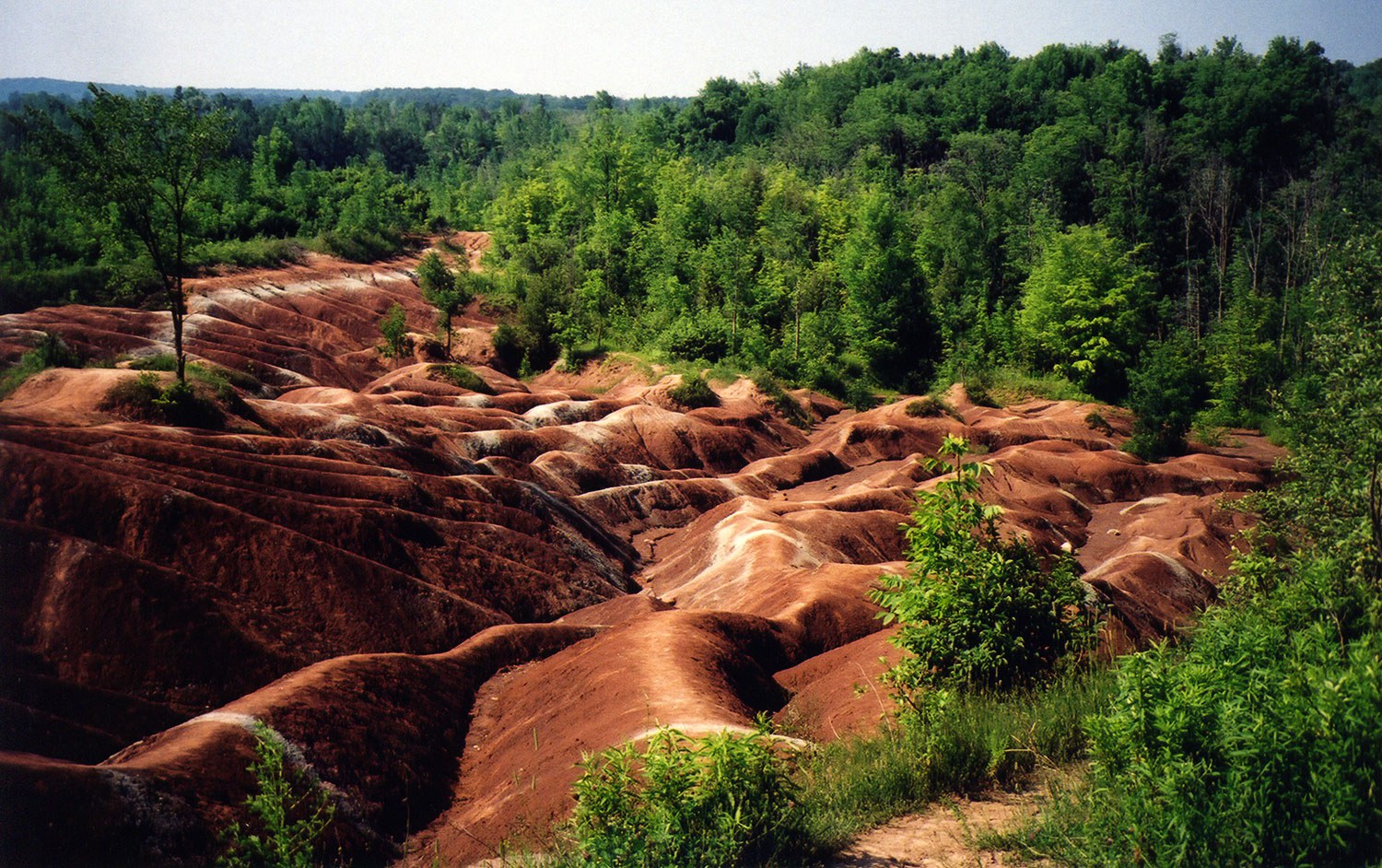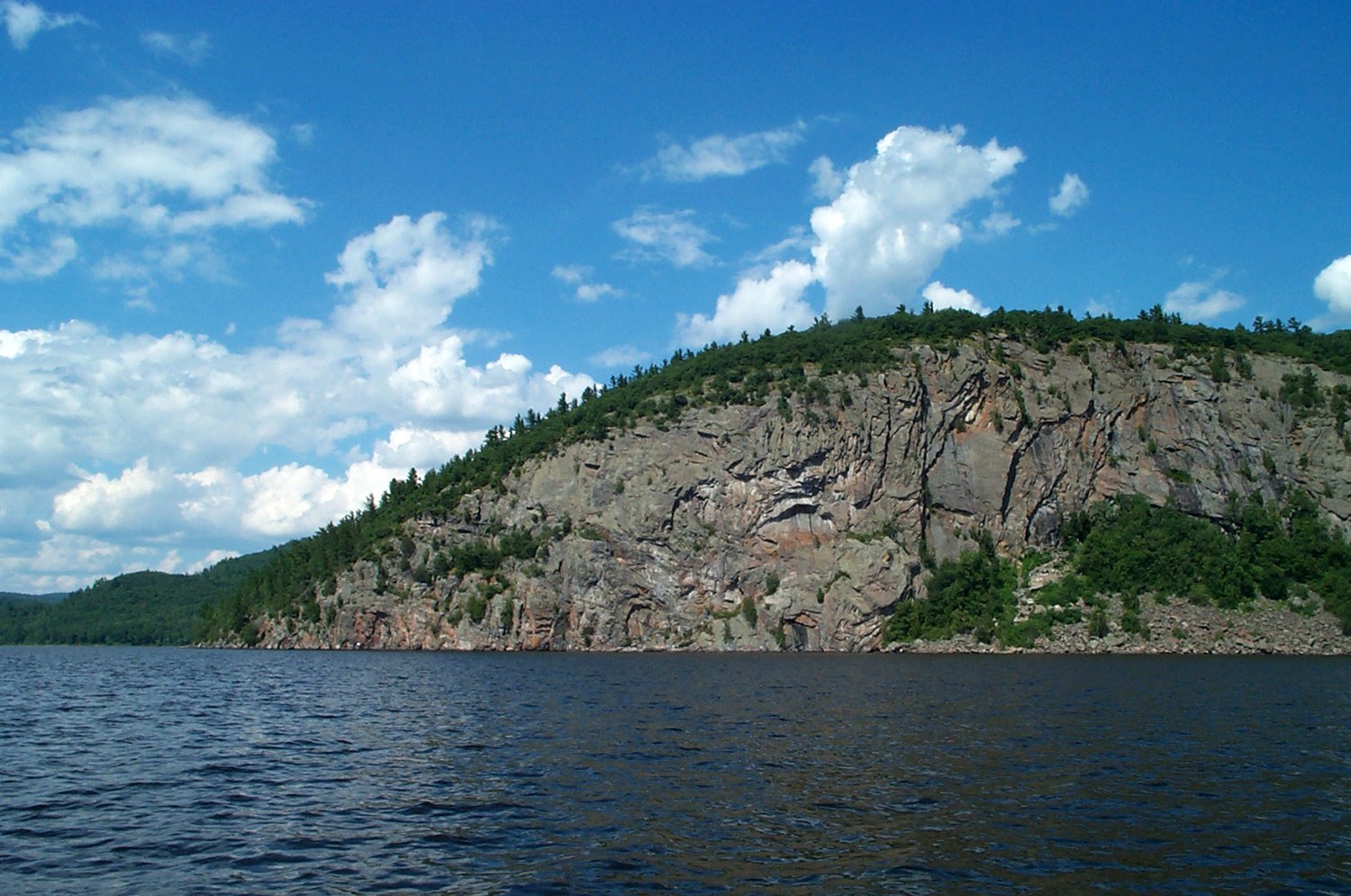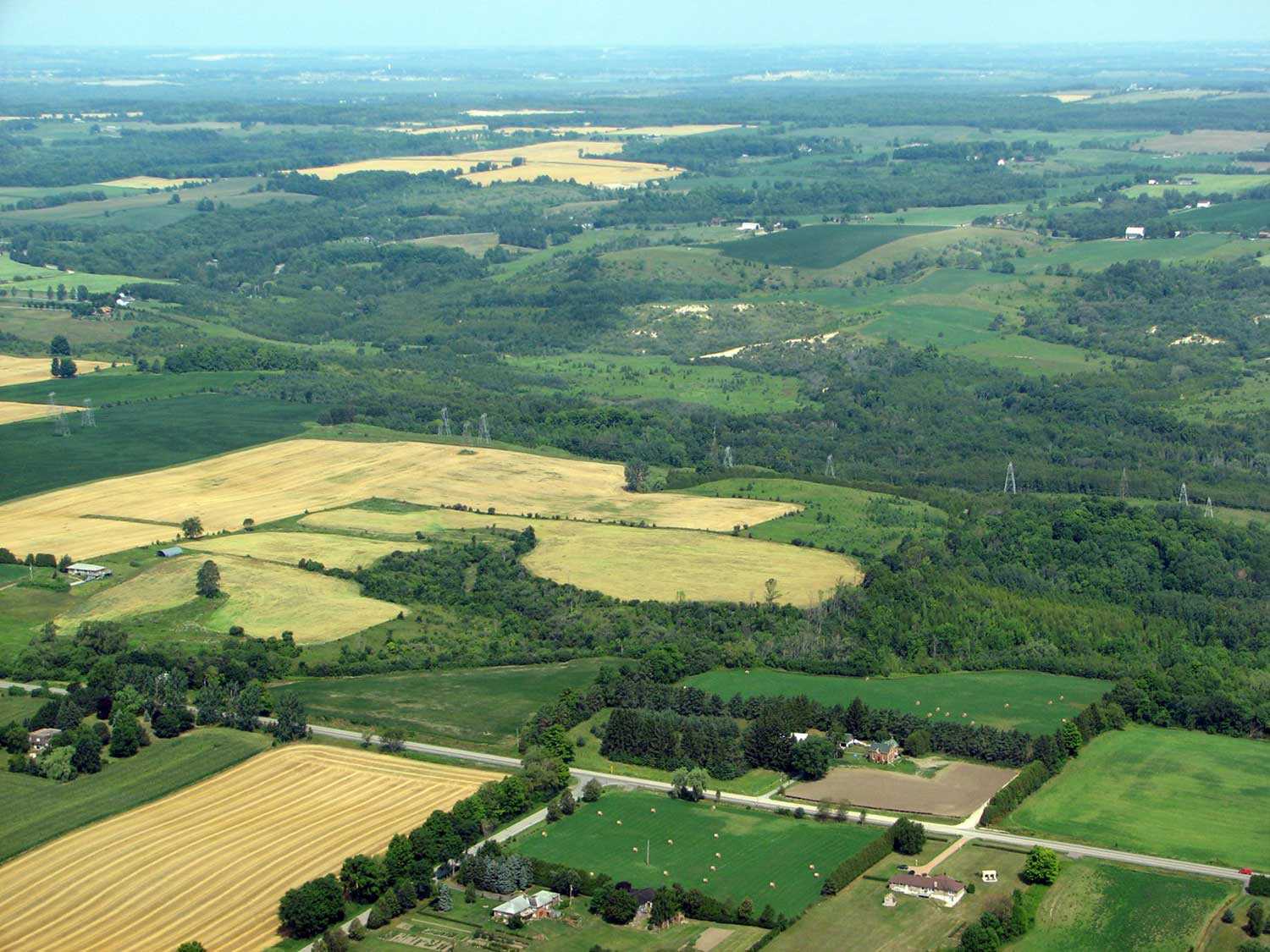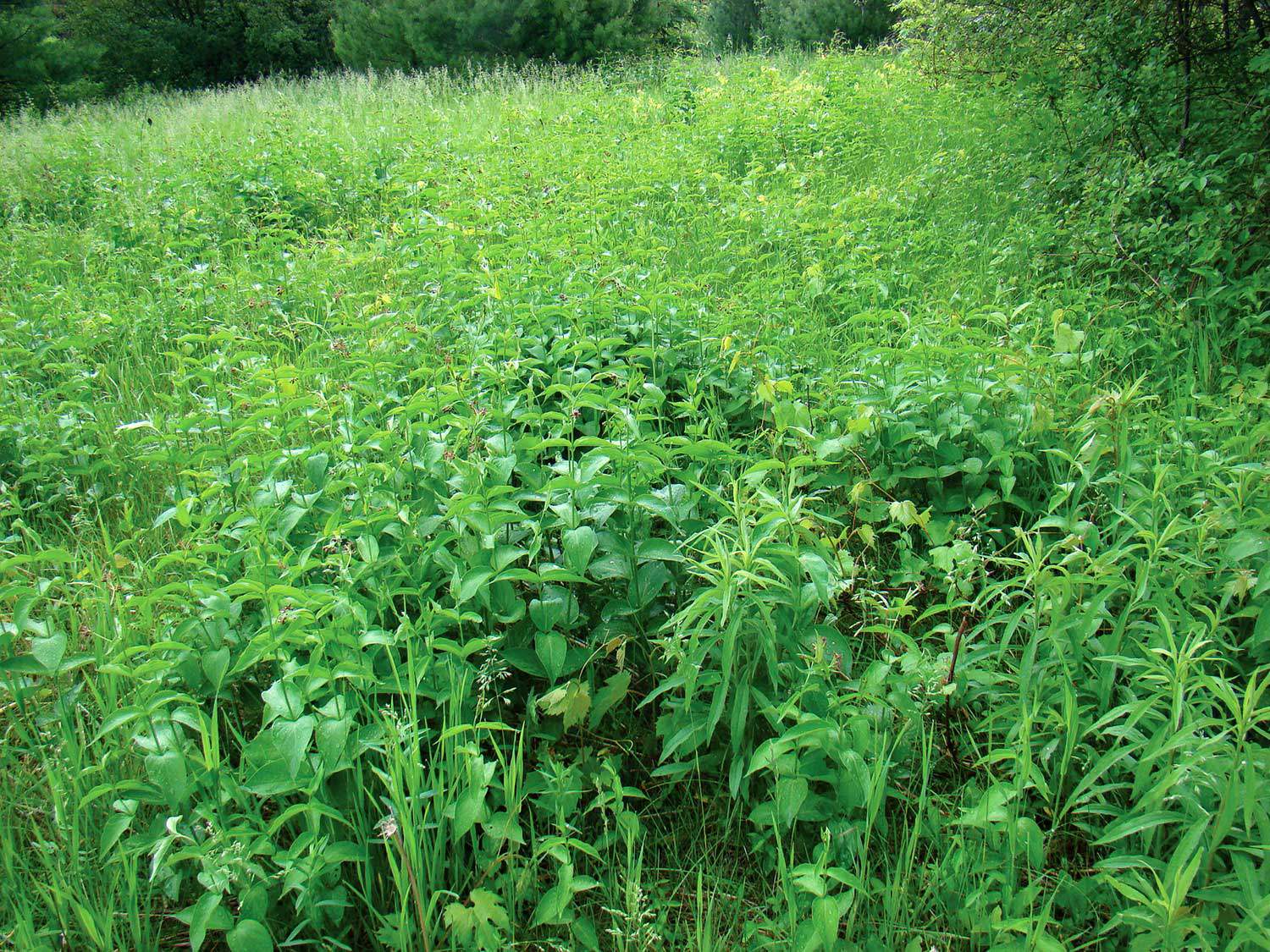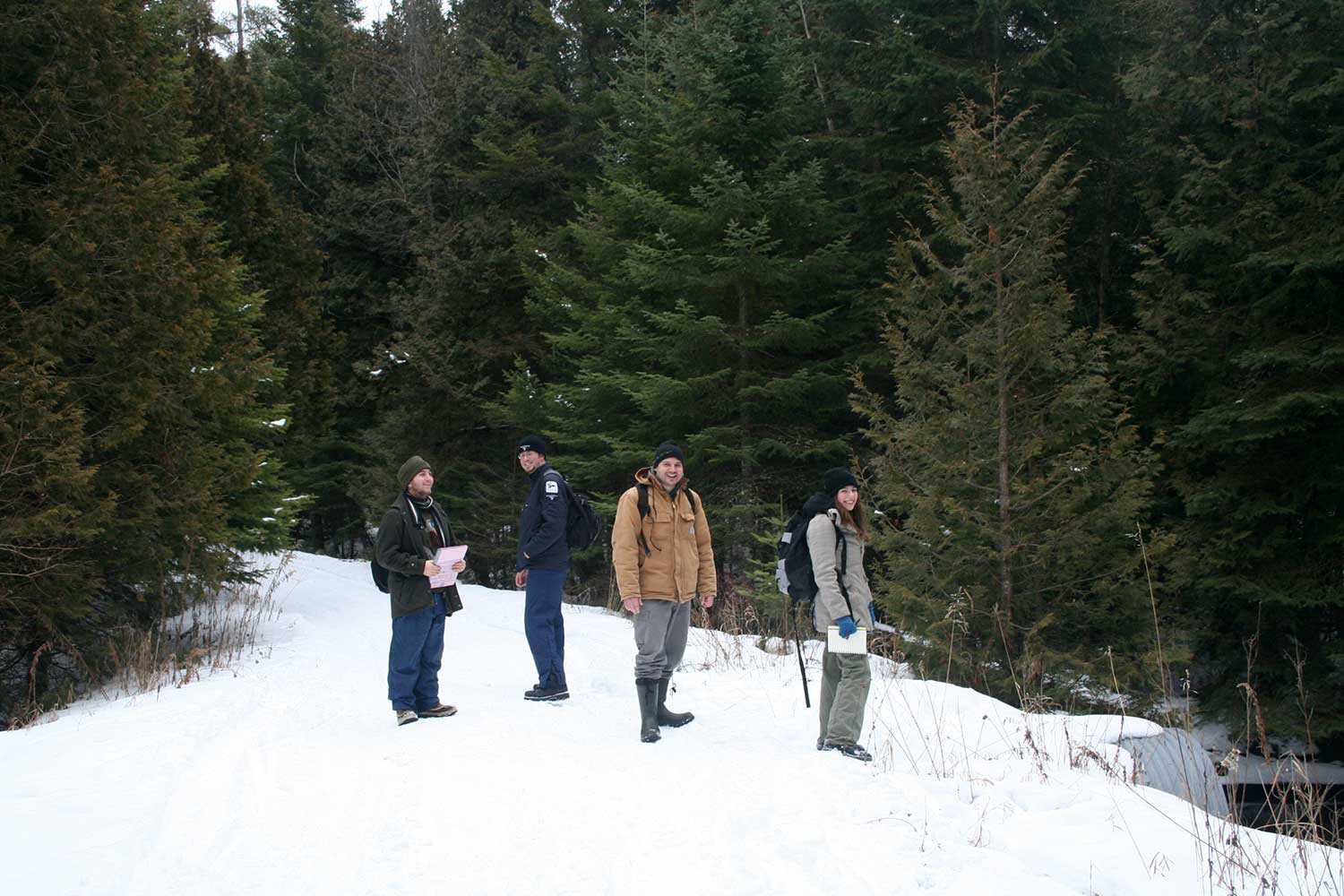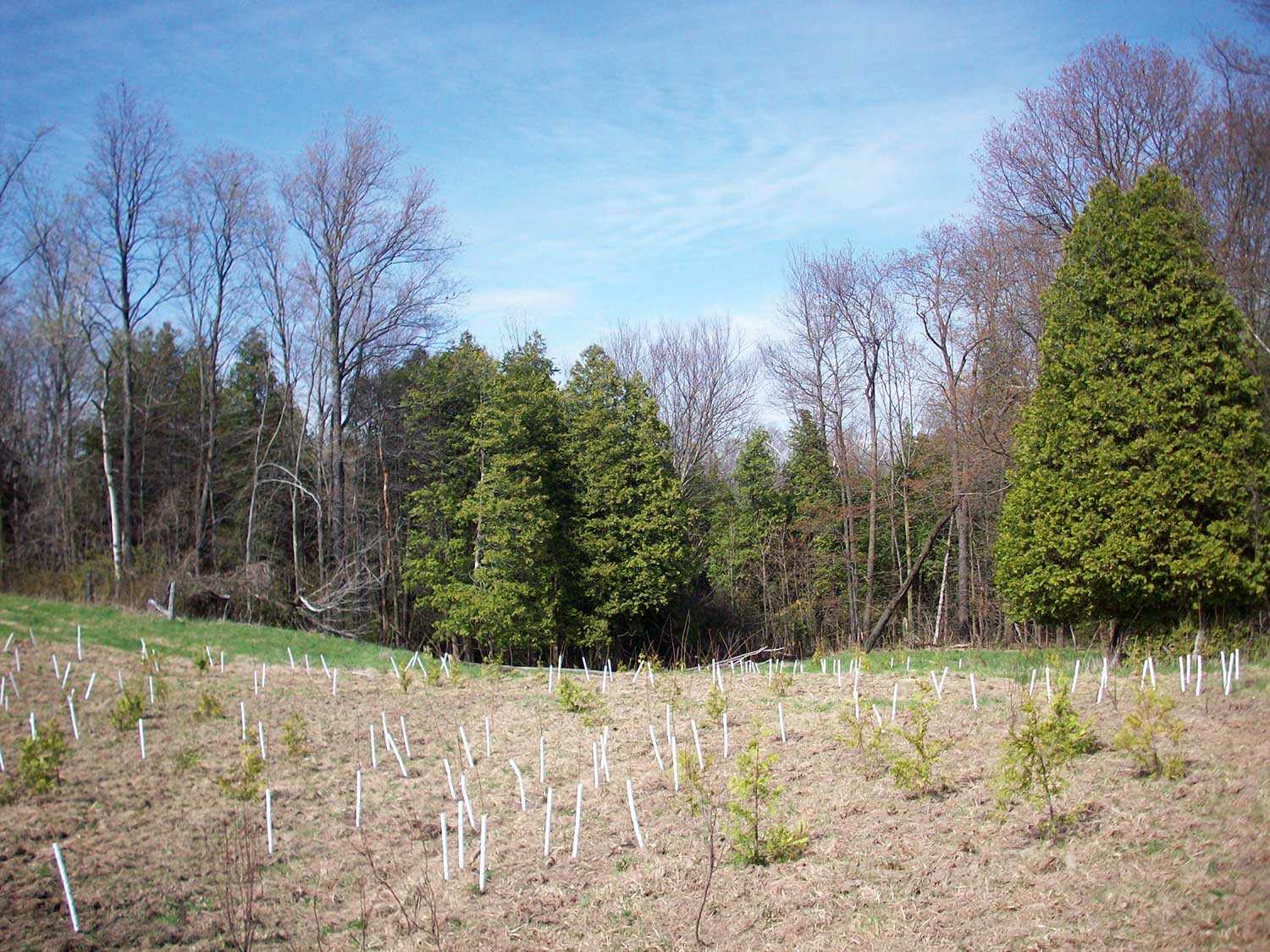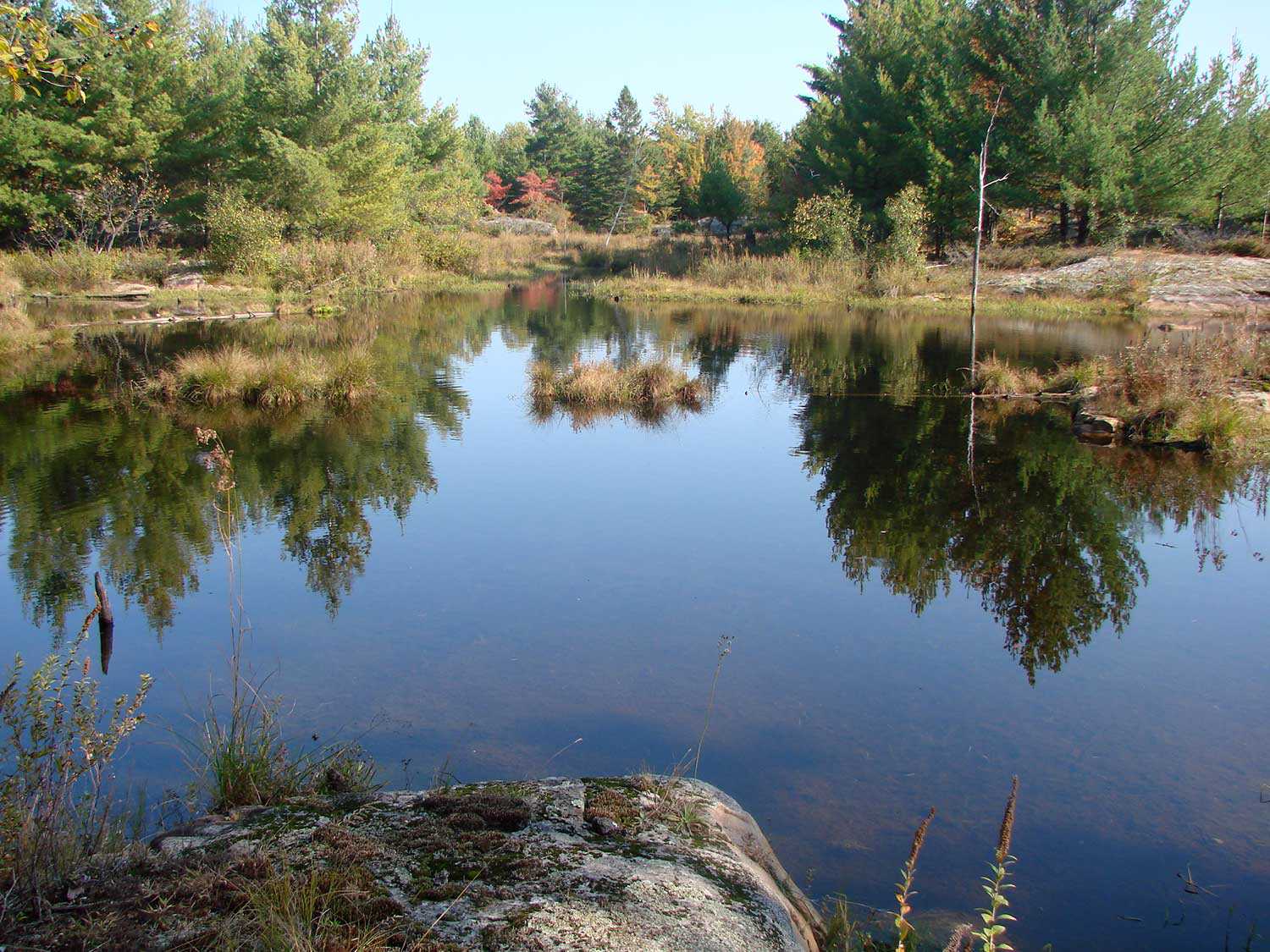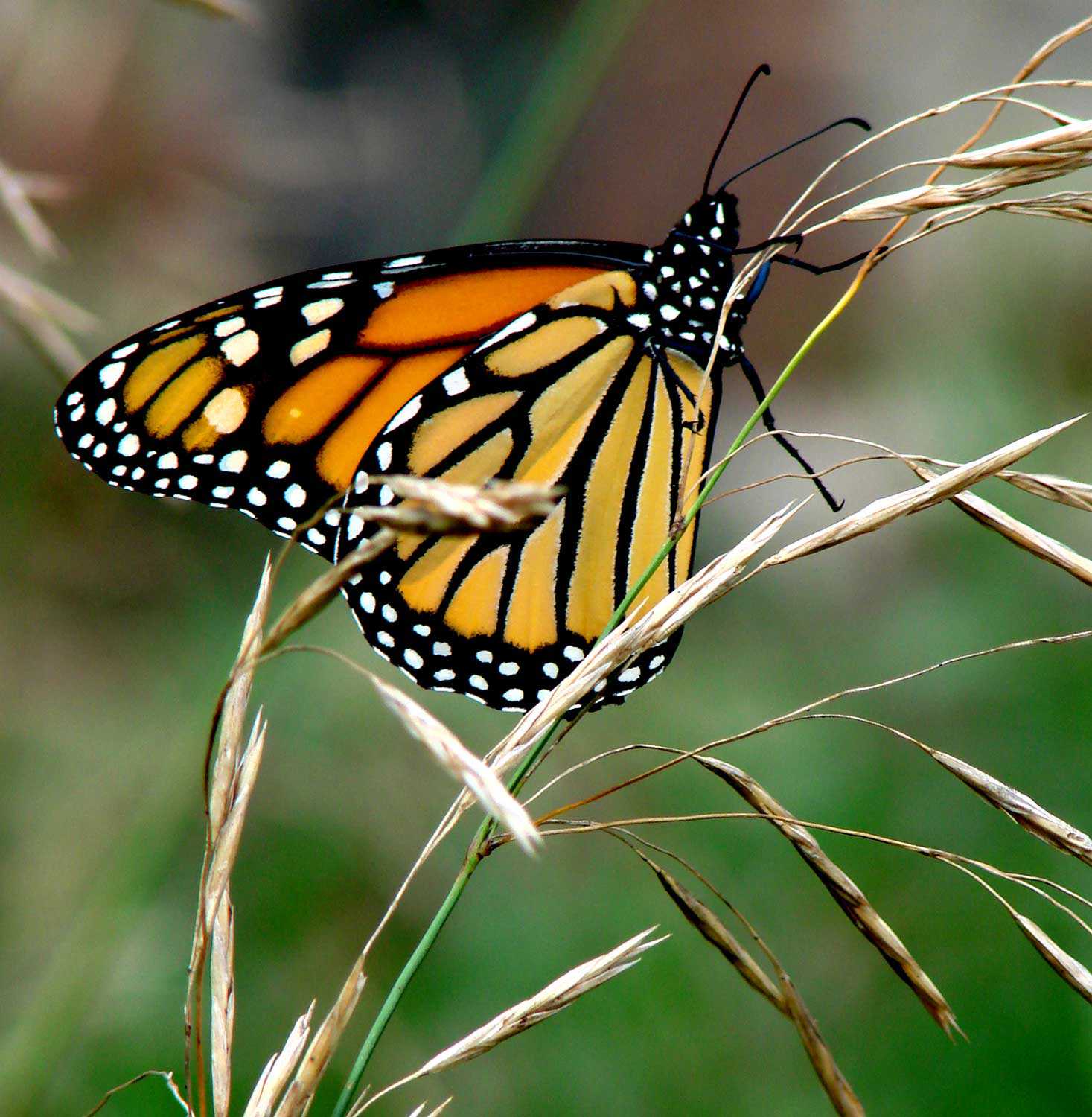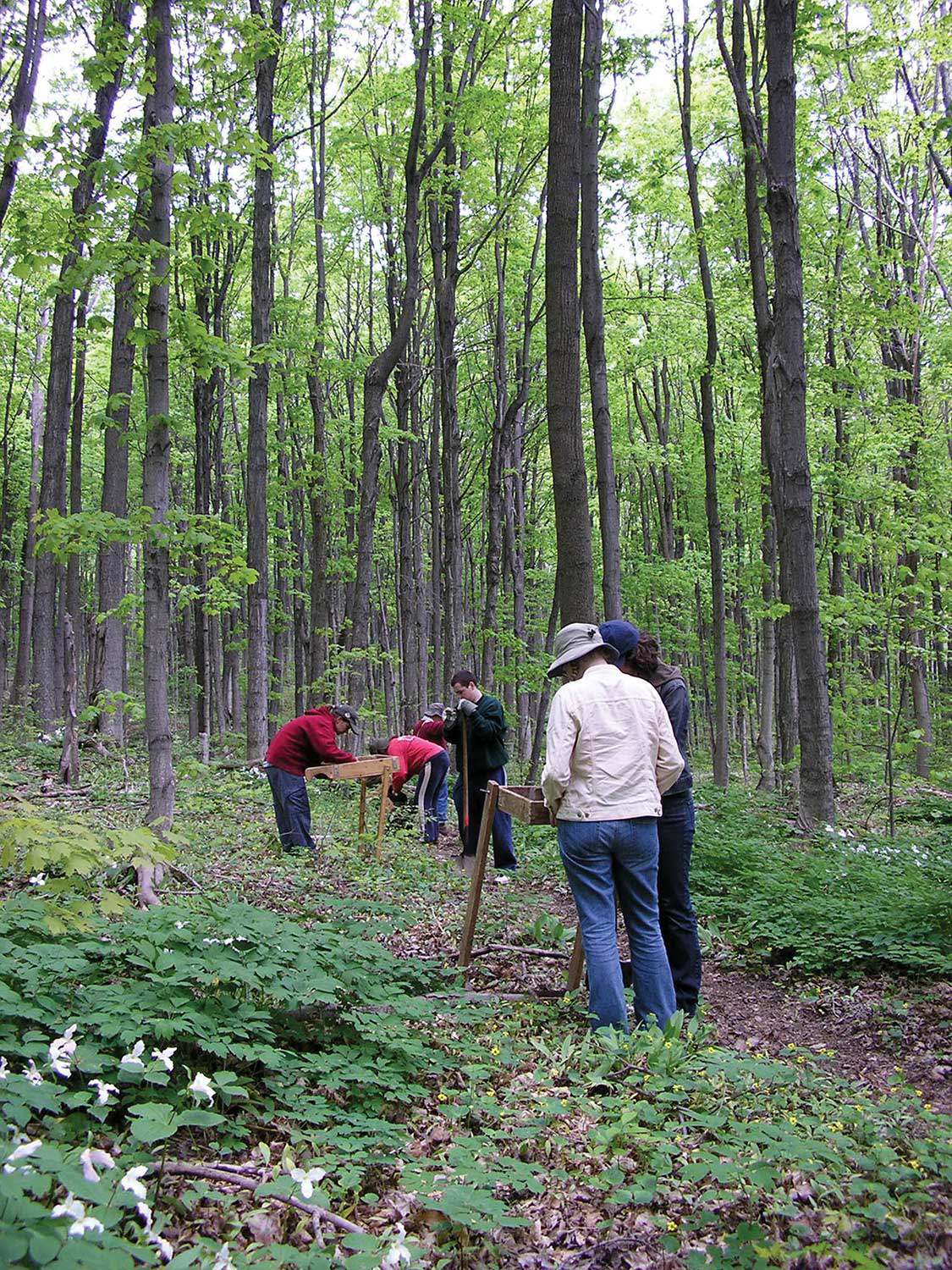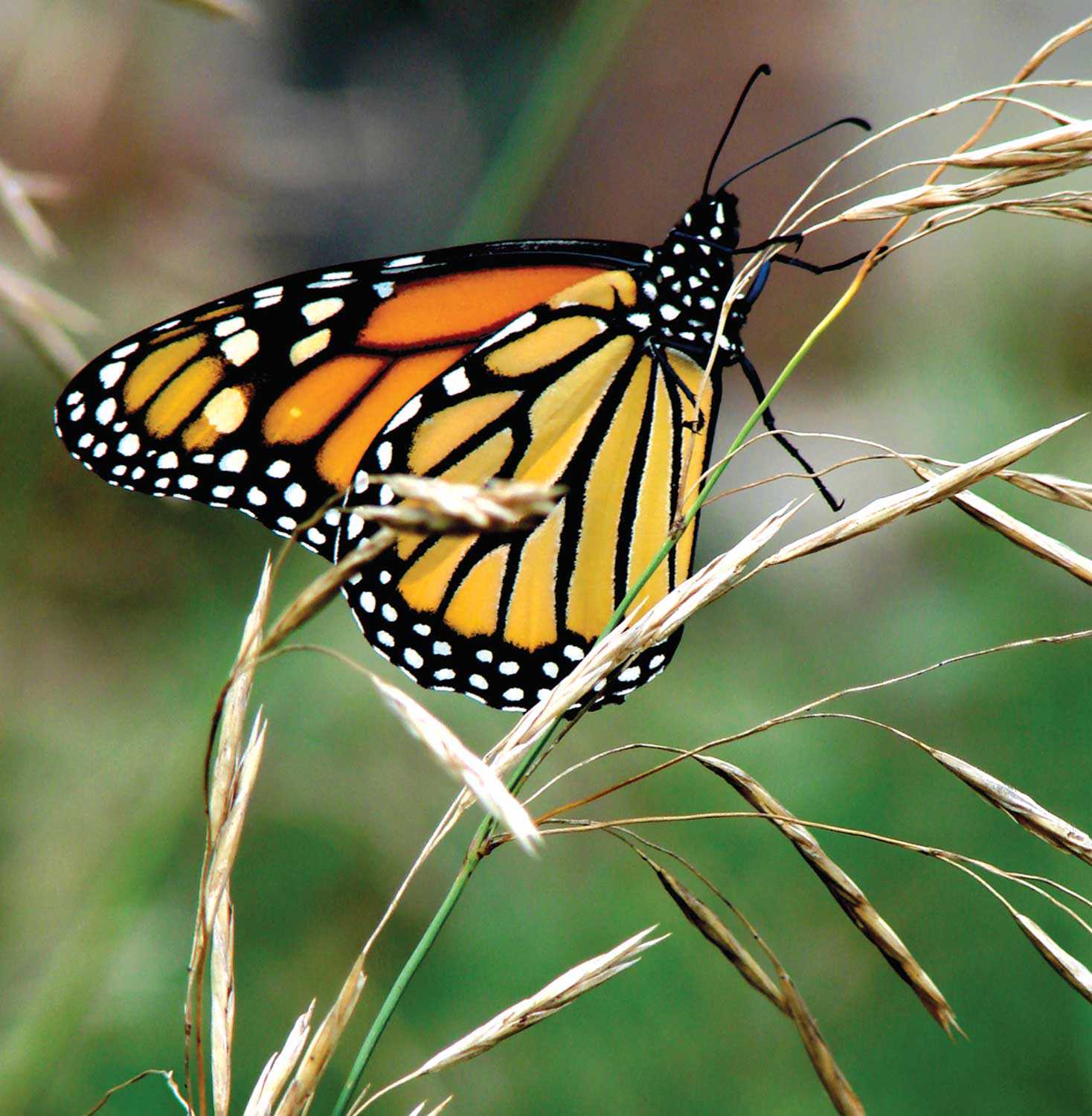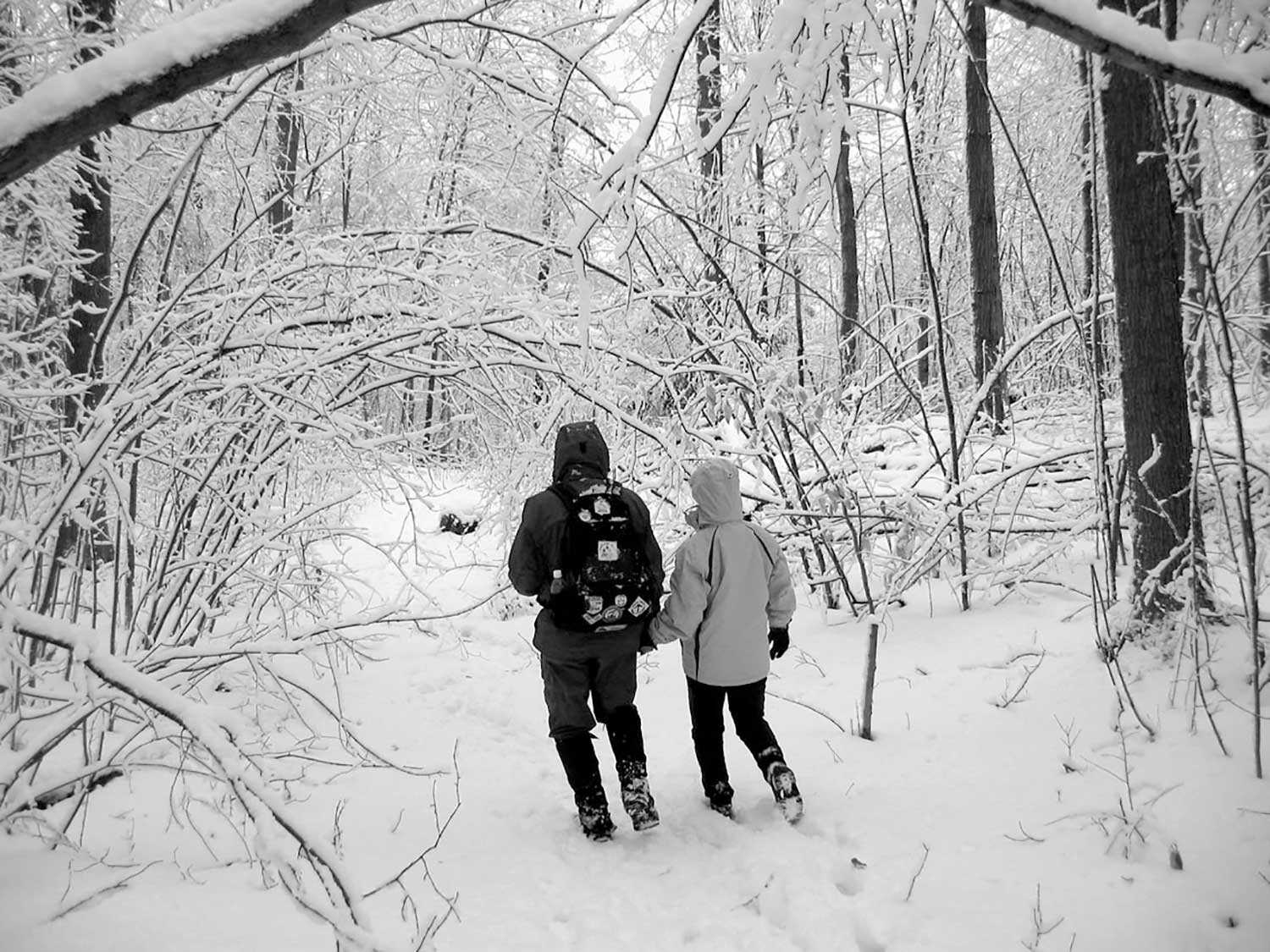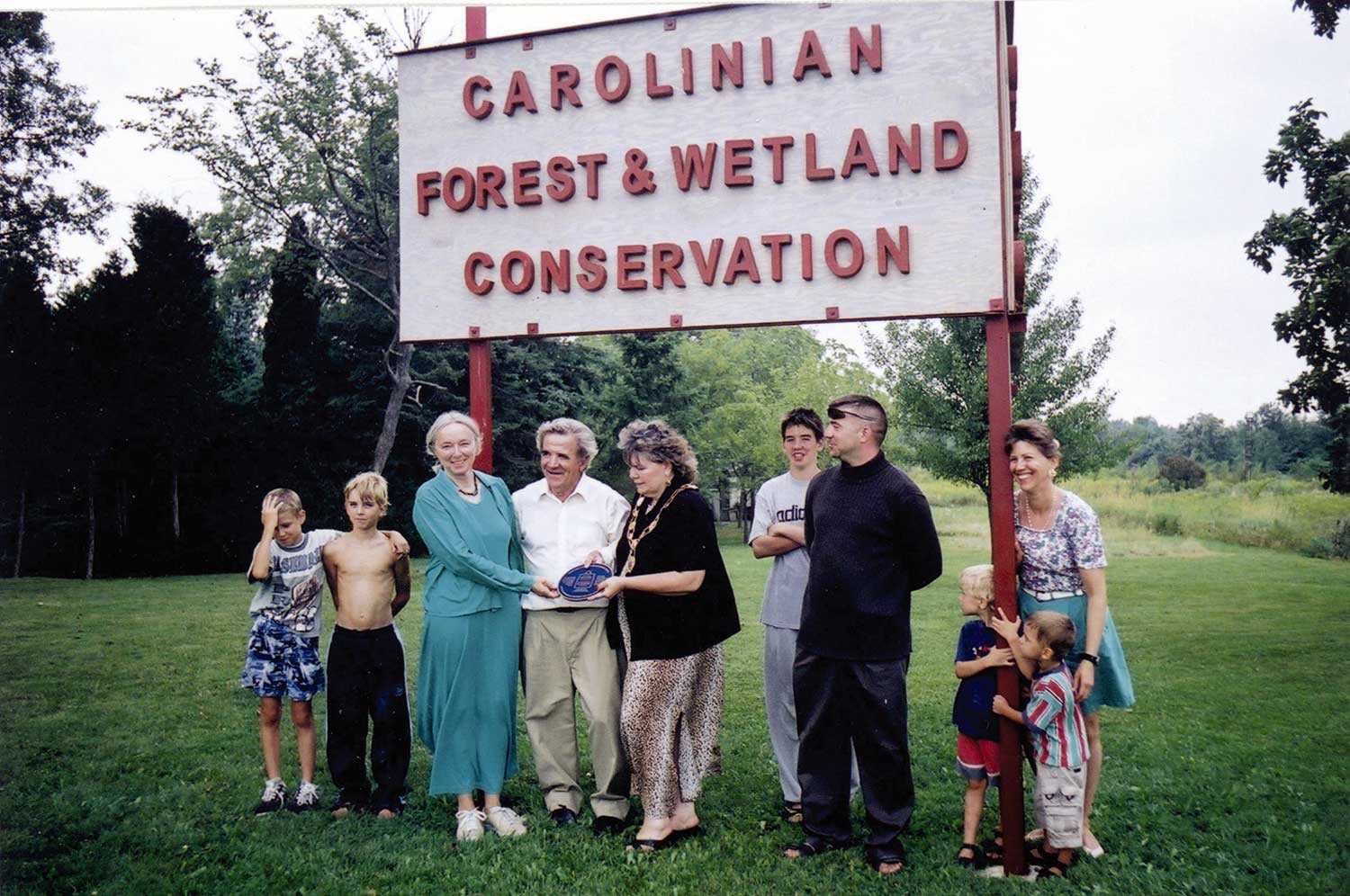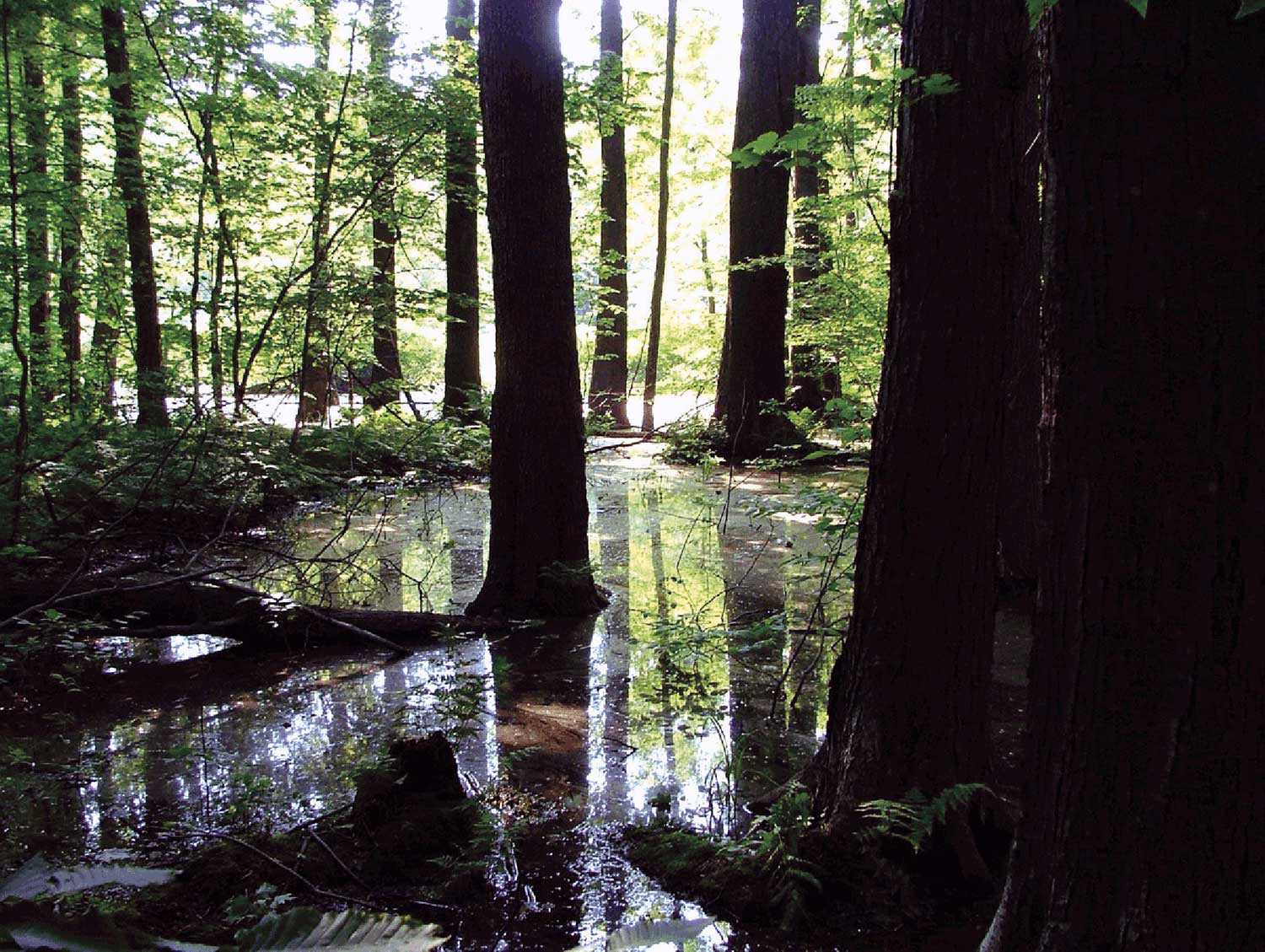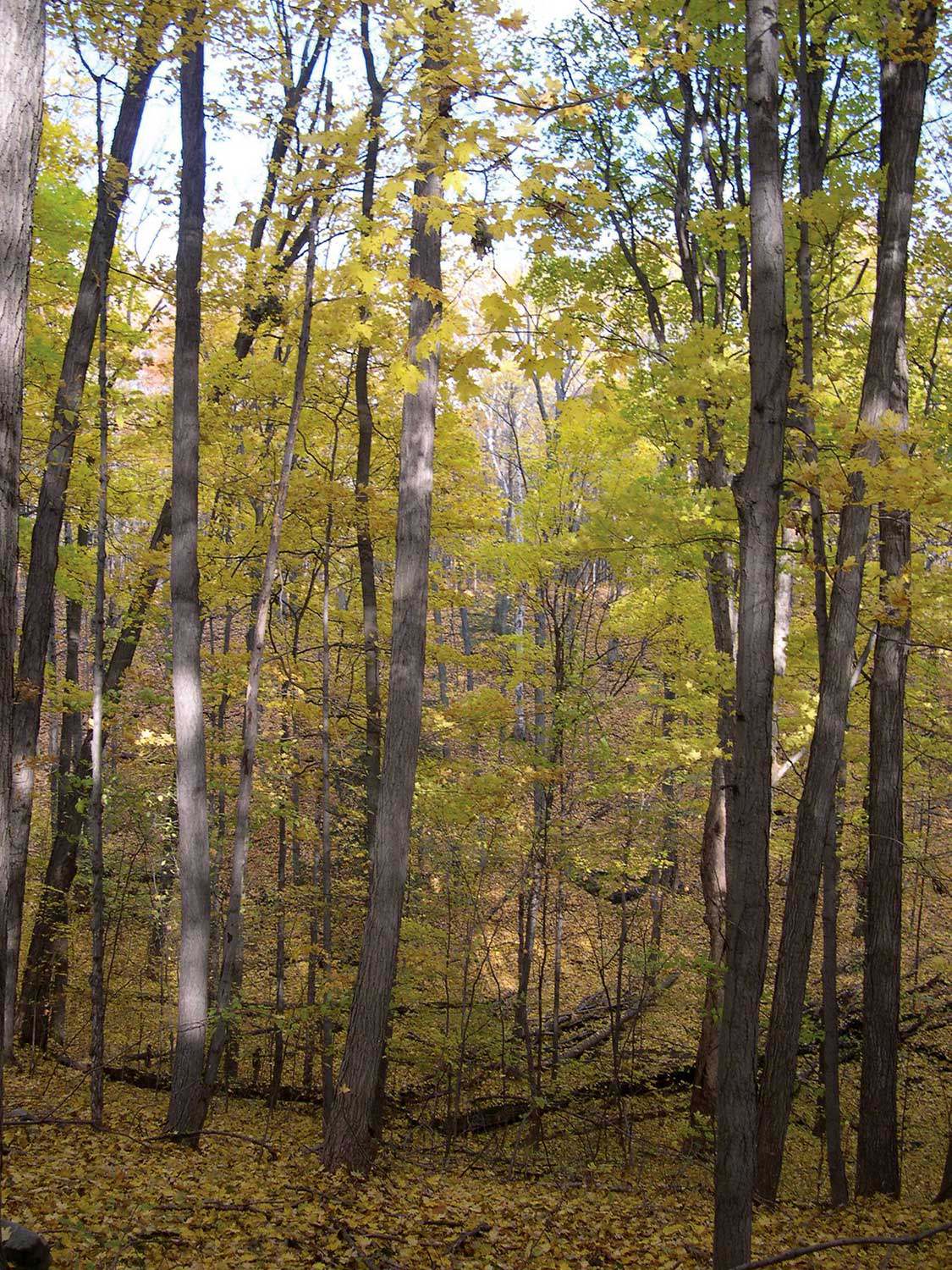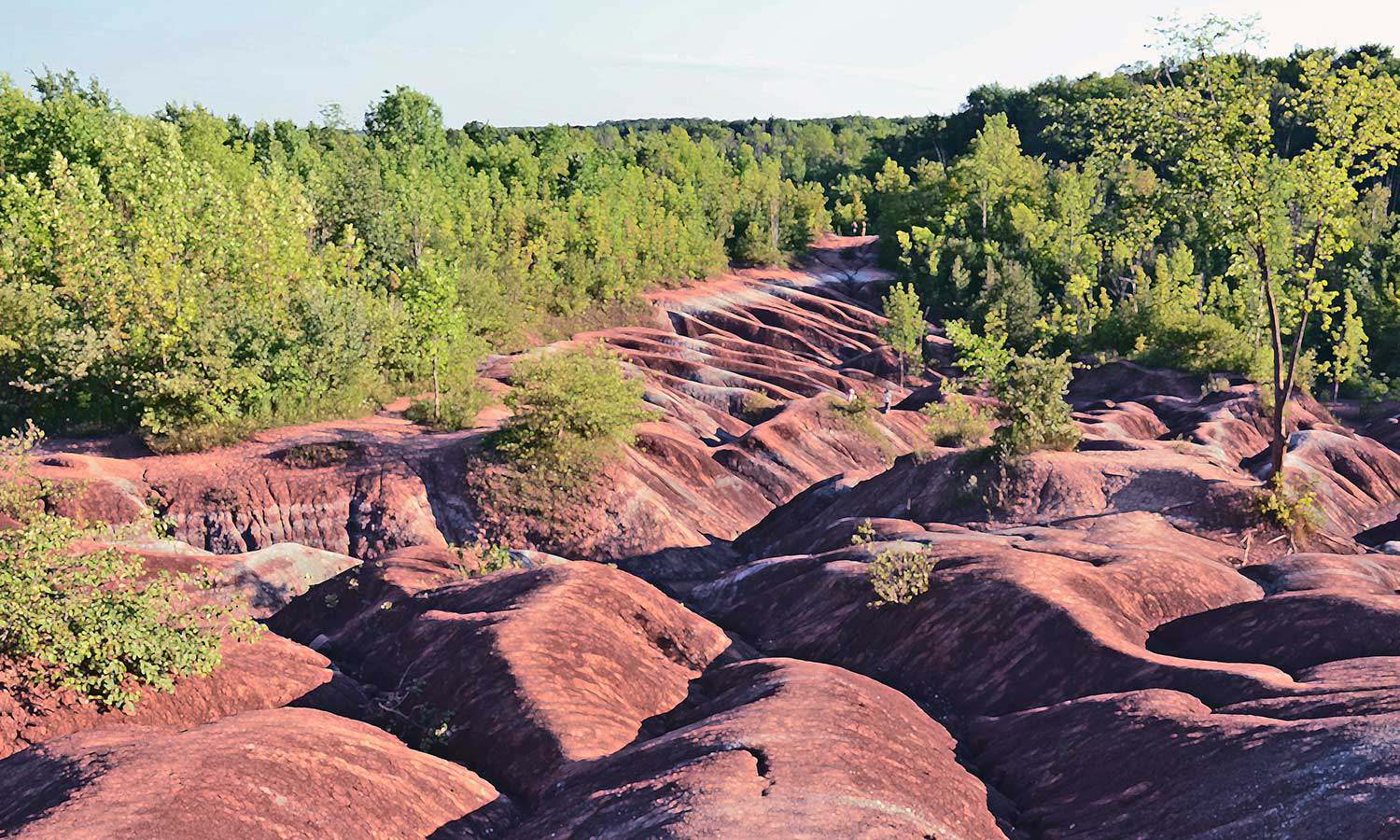

Browse by category
- Adaptive reuse
- Archaeology
- Arts and creativity
- Black heritage
- Buildings and architecture
- Communication
- Community
- Cultural landscapes
- Cultural objects
- Design
- Economics of heritage
- Environment
- Expanding the narrative
- Food
- Francophone heritage
- Indigenous heritage
- Intangible heritage
- Medical heritage
- Military heritage
- MyOntario
- Natural heritage
- Sport heritage
- Tools for conservation
- Women's heritage
Gifts of nature
The Egbert Ross Boothby property
Imagine a plot of land on the Lake of Bays, seemingly untouched by human habitation. It has almost a mile of natural shoreline and is covered with trees – hemlock, cedar, beech and maple – many of which have stood for more than a century. Now picture the same plot of land covered with cottages or condos. Thanks to the late Egbert Ross Boothby, his estate, six local families and The Lake of Bays Heritage Foundation, that won’t happen. Not ever.
Egbert Ross Boothby owned a property in the Lake of Bays. Approximately 19 hectares (47 acres) in size, it includes 1,433 km (4,700 feet) of shoreline frontage. This property is the largest stretch of undeveloped shoreline in The Lake of Bays – an area under severe development pressure.
Ross Boothby served on the board of The Lake of Bays Heritage Foundation and was a strong advocate for the preservation of the history and natural beauty of the lake. He wanted to ensure that his property was protected and preserved. With this in mind, he entered into negotiations with the Ontario Heritage Foundation to ensure its preservation in perpetuity.
Mark McLean was actively involved in ensuring that the property was protected.
“This selfless choice,” says McLean, “was typical of Ross and the Boothby family. They have owned this property for over a century and should be commended for their long stewardship and for making its permanent protection possible.”
The agreement with the Boothby estate was for part purchase of the land and part donation. Six families on the lake donated the funds necessary to purchase the site. Their generosity was a critical part of the protection of the land.
Mr. Boothby’s land is a valuable addition to the Foundation’s portfolio of natural heritage properties. The site exhibits typical old growth forest characteristics with a mature (approximately 140-year-old) hemlock/cedar forest along the shoreline, and uplands of a mature beech and maple succession. With almost a mile of natural shoreline and its mature undisturbed mixed forest, the Boothby property is ecologically significant within the Muskoka region.
Mr. Boothby died before the agreements were completed, but his estate has proceeded as he wished. The property, now owned by the Ontario Heritage Foundation, will be managed by The Lake of Bays Heritage Foundation – a locally based charitable not-for-profit corporation with a mandate to protect, conserve and enhance the natural environment in the Lake of Bays area. This partnership will assist the Foundation to ensure that the Boothby site is maintained in its natural state in perpetuity to preserve and enhance its scenic character as part of Ontarioʼs natural heritage landscape. Mr. Boothbyʼs legacy lives on.
Along the trail at the Ricenberg property. Ricenberg Developments Limited has been an active land and residential subdivision developer in the Grimsby area for over 20 years.
The Ricenberg acquisition
In October 2004, Ricenberg Developments Limited donated to the Ontario Heritage Foundation an important nine-hectare (22-acre) parcel of land located on the Niagara Escarpment in the Town of Grimsby.
This is a significant donation as it assists in protecting a corridor of relatively undisturbed natural area, located in a section of the most heavily urbanized stretch of the Escarpment. The property provides a portion of the permanent route for the Bruce Trail – Ontario’s longest and oldest hiking trail. The Trail extends 725 km from Queenston in Niagara to Tobermory at the tip of the Bruce Peninsula.
The property stretches from the toe of the Escarpment almost to the brow. Its dominant geophysical features are steep ridges and associated valleys with four seasonal streams emerging from the Escarpment and flowing down the valleys to a small plateau. The property is dominated by a sugar maple forest with American beech and bitternut hickory as subdominant species. Less abundant species include: black cherry, ironwood, shagbark hickory and black walnut. Several of these tree species are representative of the Deciduous Forest Region, known as the Carolinian zone, for its abundance of flora and fauna species with southern affinities. There is also suitable habitat available for wildlife.
Protection of the Escarpment’s natural areas through the Niagara Peninsula is particularly important because of the intensive urban and agricultural presence there. Through this generous donation of land and an additional cash donation to assist with property management, Ricenberg has recognized both the importance of maintaining natural areas on the Escarpment, while also supporting a permanent route for the Bruce Trail. Together with adjoining lands already owned by the Foundation, the acquisition of the Ricenberg property will protect 26 hectares (63 acres) of land and provide access to .85 km of the Bruce Trail through the Town of Grimsby.
The recent Ricenberg acquisition has enabled the Ontario Heritage Foundation to add to its portfolio of lands held in trust for the people of Ontario, and to ensure a permanent route for the Bruce Trail. A longstanding partnership with the Bruce Trail Association (BTA) enables the Foundation to hold title to lands for the Bruce Trail. The BTA continues to focus its attention on the expansion and management of the Trail and surrounding lands. The Foundation owns 99 Bruce Trail properties, totaling 1,641 hectares (4,055 acres).



